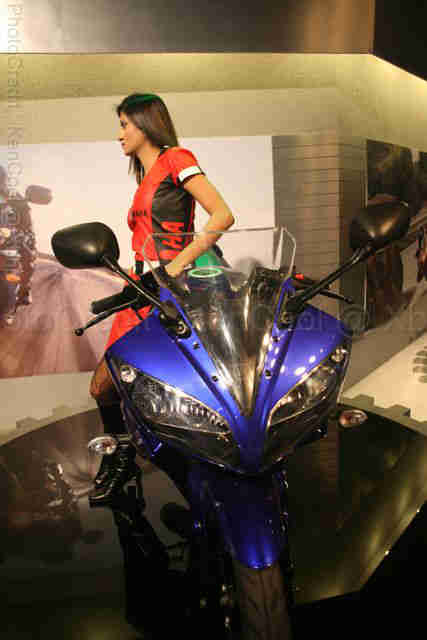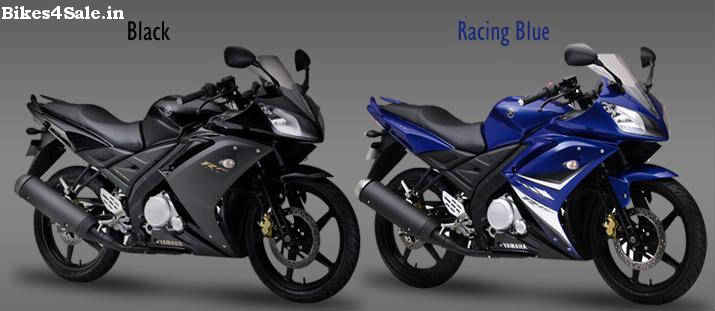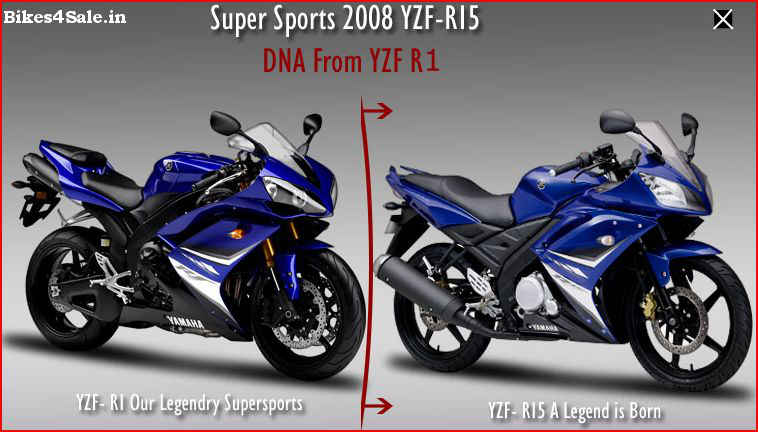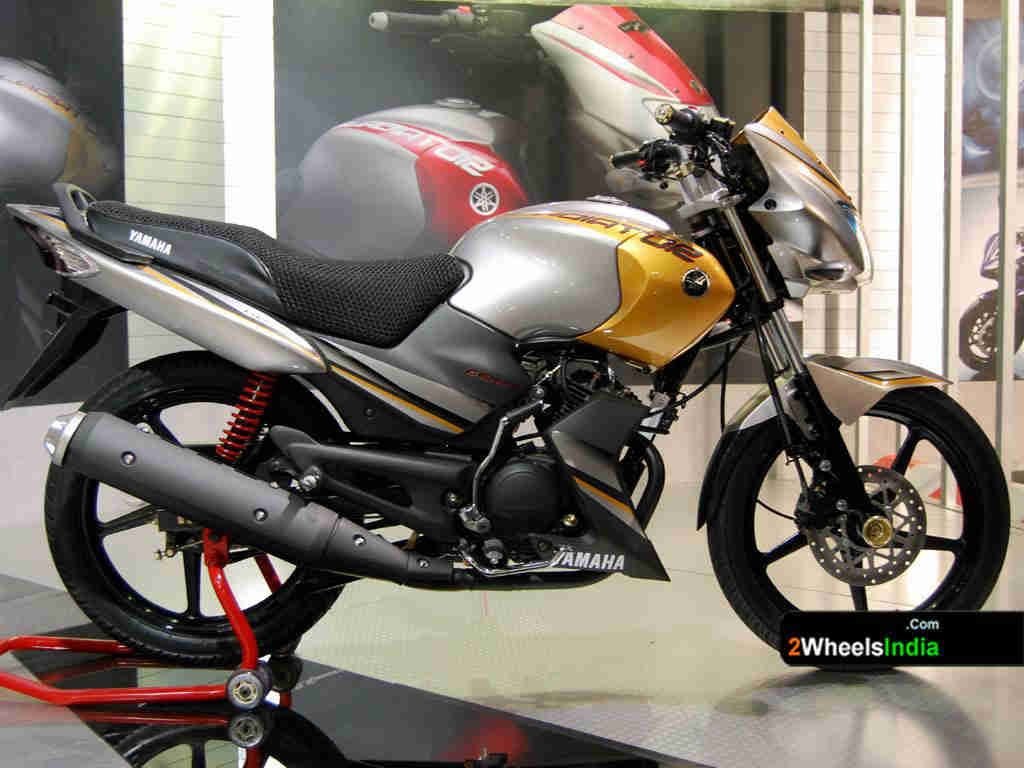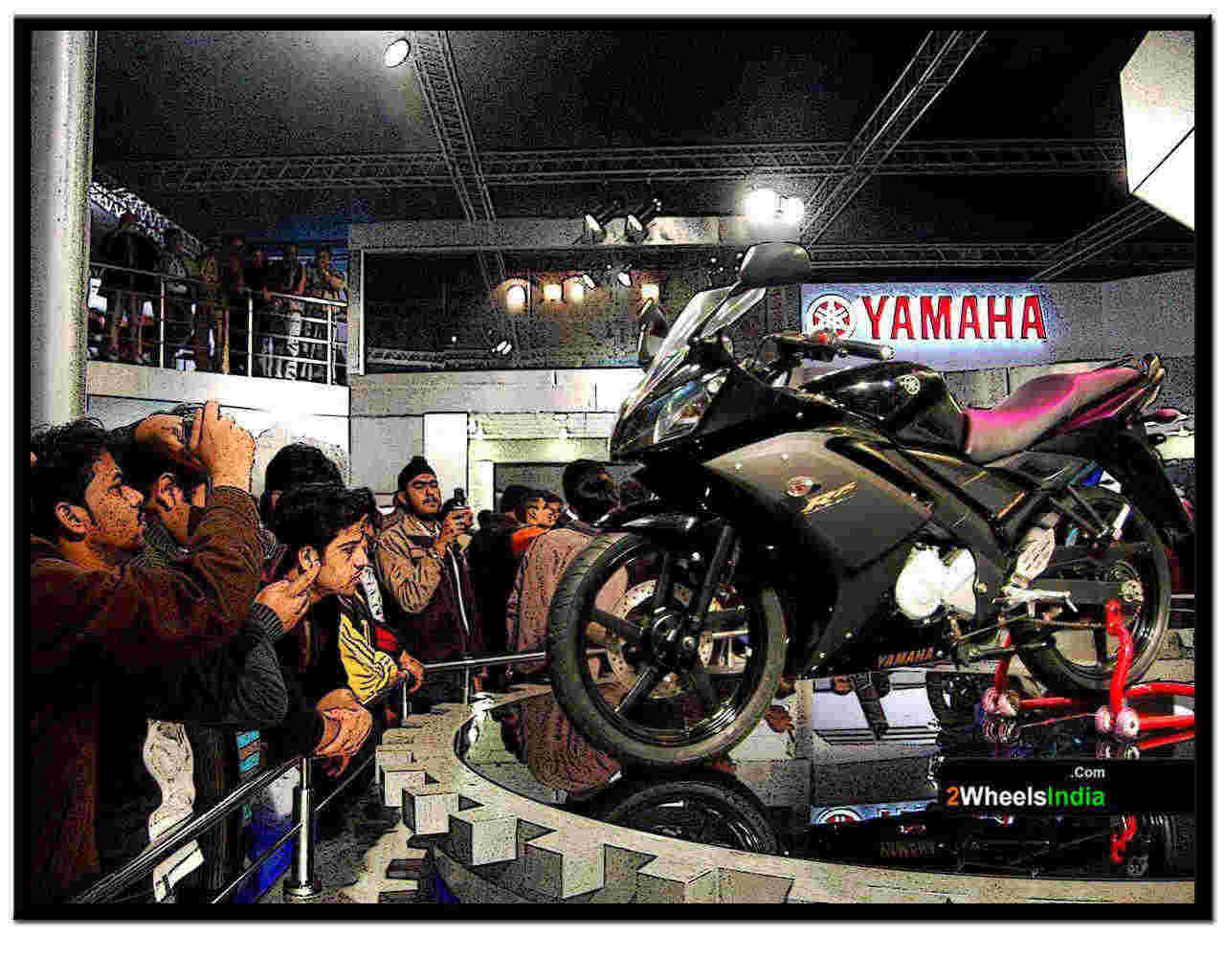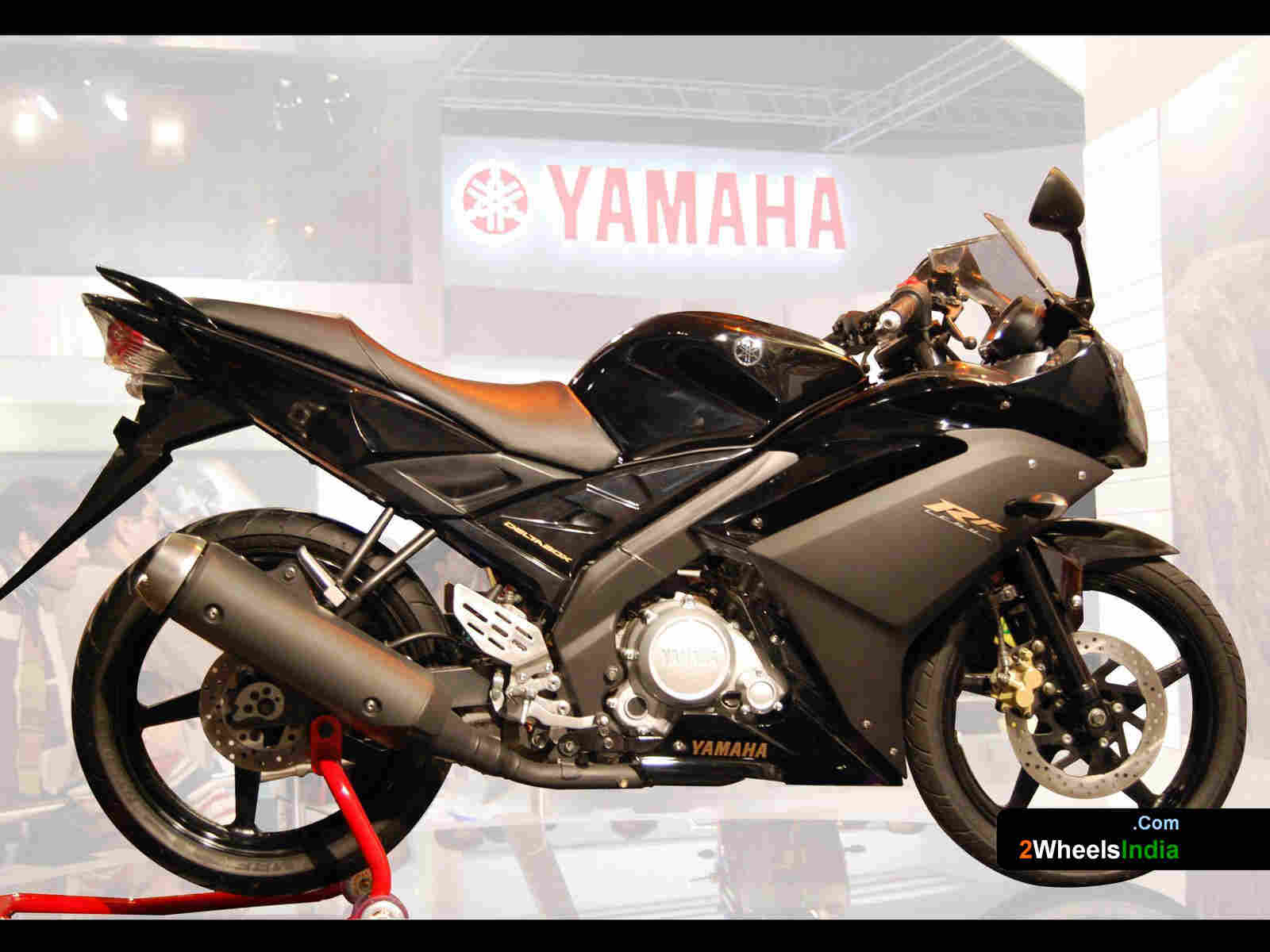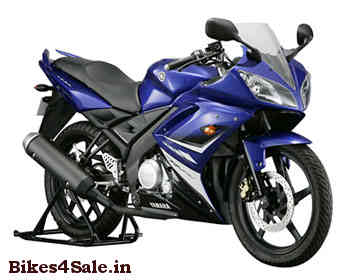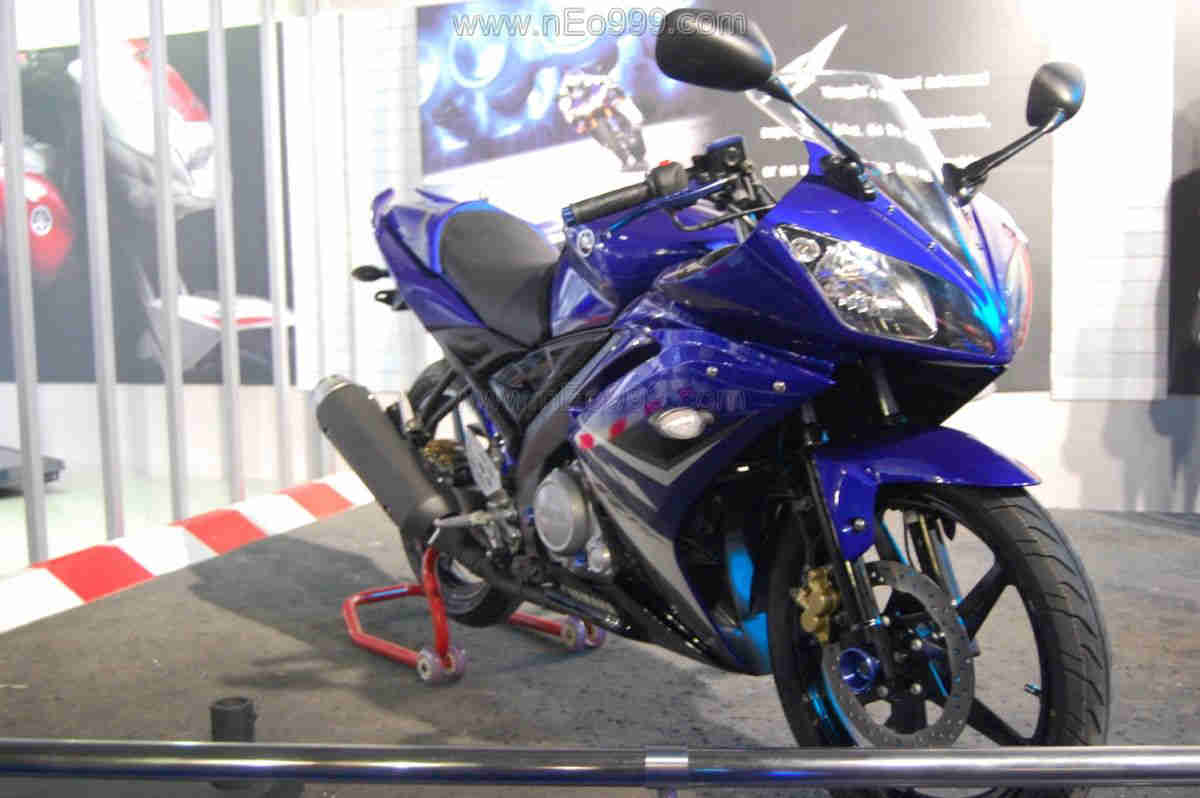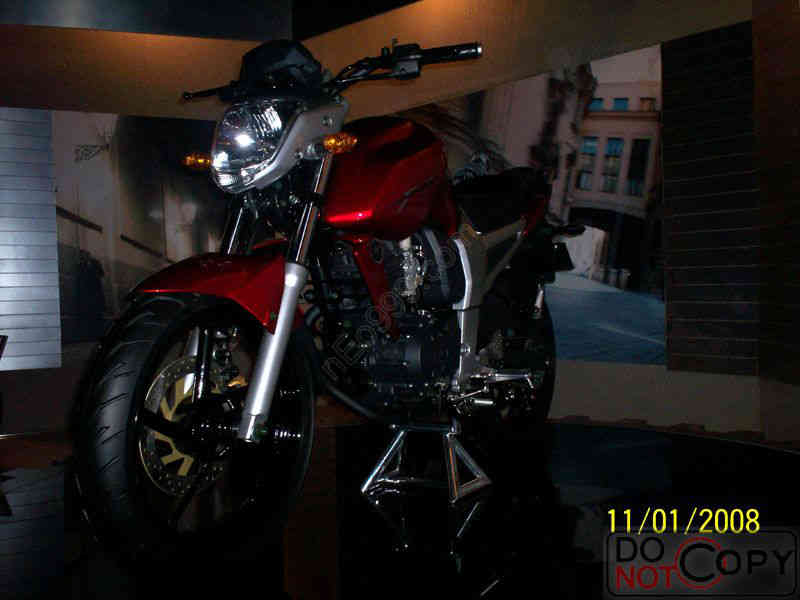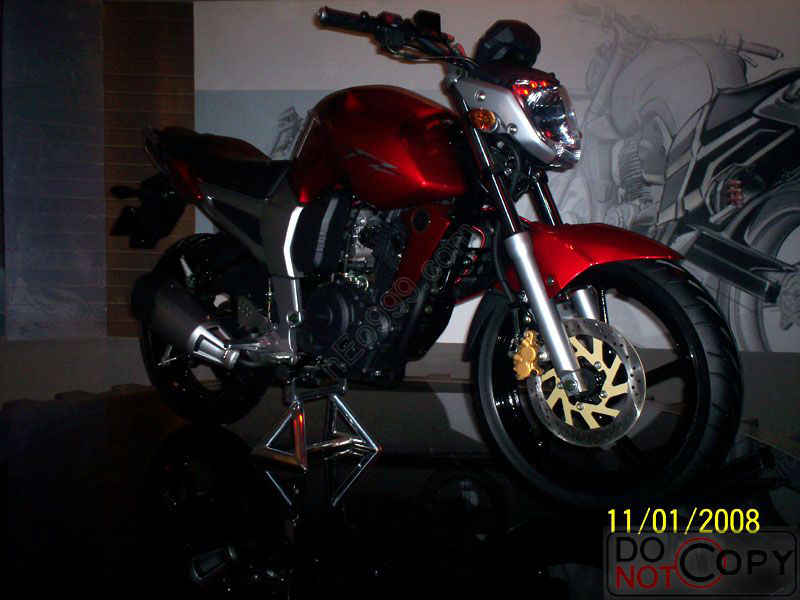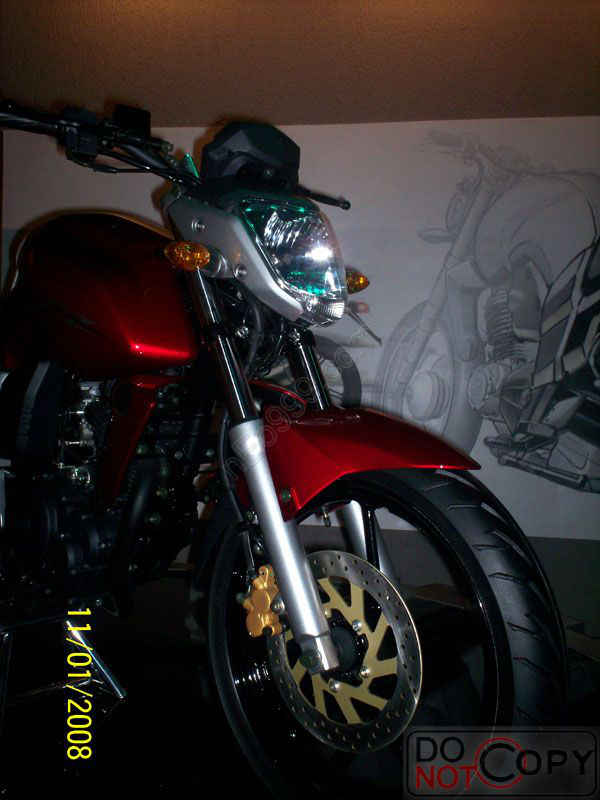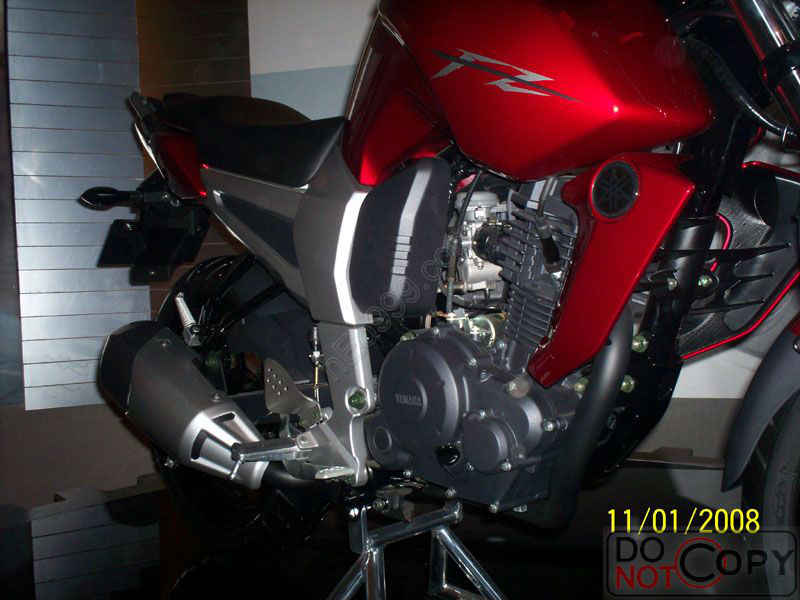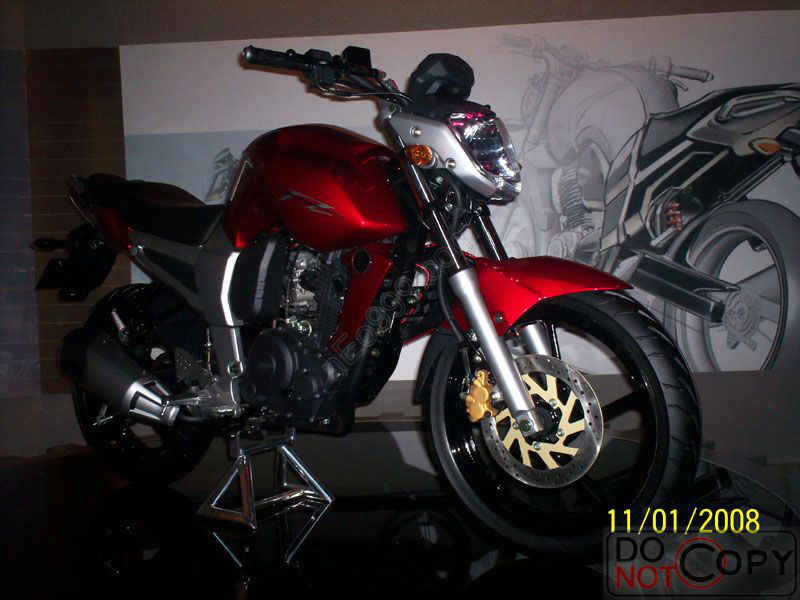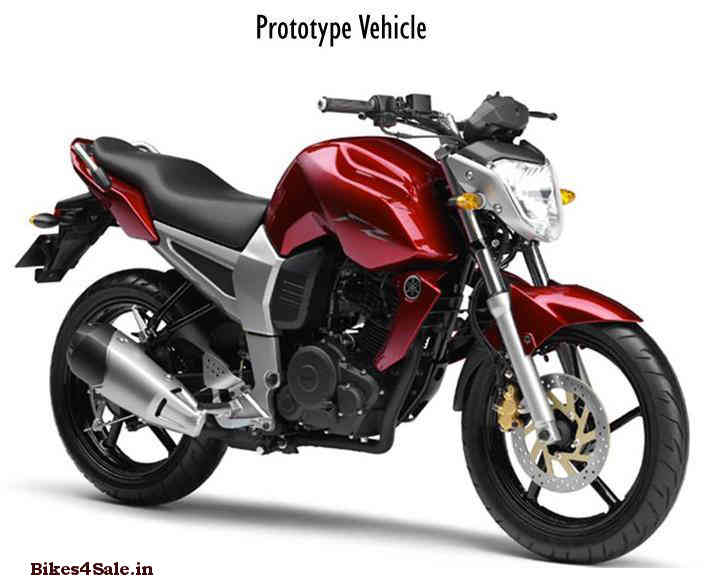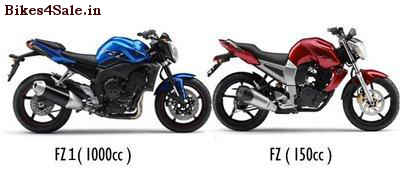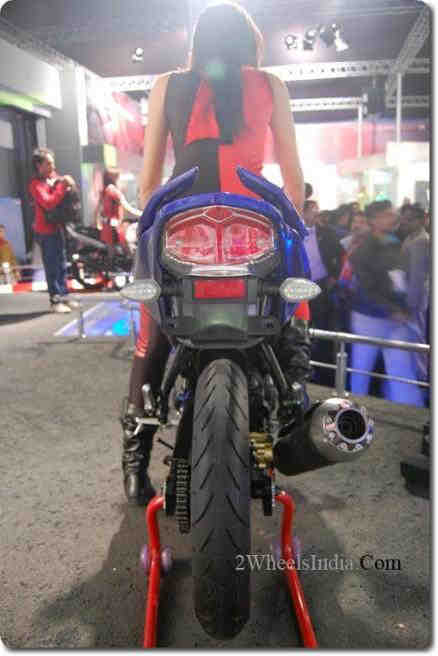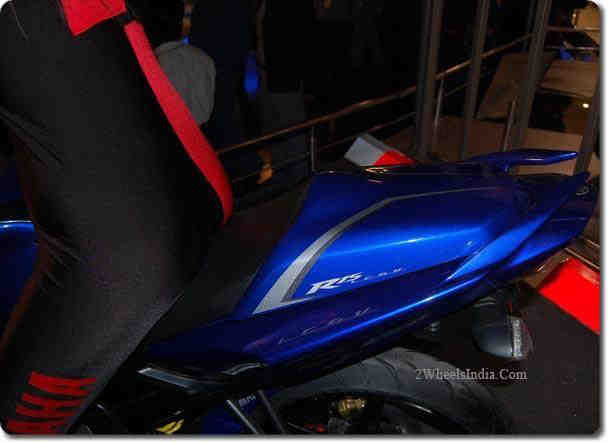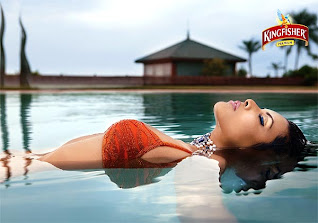This site is dedicated to bring to you the specs and pictures of all the
Suzuki Bikes every made.
About Suzuki:
Suzuki Motor Corporation (スズキ株式会社, Suzuki Kabushikigaisha?) is a Japanese multinational corporation that specializes in manufacturing compact automobiles, a full range of motorcycles, All-Terrain Vehicles (ATVs), outboard marine engines, wheelchairs and a variety of other small internal combustion engines. Suzuki is the 12th largest automobile manufacturer in the world, employs over 45,000 people, has 35 main production facilities in 23 countries and 133 distributors in 192 countries.
History:
In 1909, Michio Suzuki founded the Suzuki Loom Company in the small seacoast village of Hamamatsu, Japan. Business boomed as Suzuki built weaving looms for Japan’s giant silk industry. Suzuki’s only desire was to build better, more user-friendly looms. In 1929, Michio Suzuki invented a new type of weaving machine, which was exported overseas. Suzuki filed as many as 120 patents and utility model rights. For the first 30 years of the company’s existence, its focus was on the development and production of these exceptionally complex machines.
Despite the success of his looms, Suzuki realized his company had to diversify and he began to look at other products. Based on consumer demand, he decided that building a small
car would be the most practical new venture. The project began in 1937, and within two years Suzuki had completed several compact prototype cars. These first Suzuki motor vehicles were powered by a then-innovative, liquid-cooled, four-stroke, four-cylinder engine. It featured a cast aluminum crankcase and gearbox and generated 13 horsepower from a displacement of less than 800cc.
With the onset of World War II, production plans for Suzuki’s new vehicles were halted when the government declared civilian passenger cars a “non-essential commodity.” At the conclusion of the war, Suzuki went back to producing looms. Loom production was given a boost when the U.S. government approved the shipping of cotton to Japan. Suzuki’s fortunes brightened as orders began to increase from domestic textile manufacturers. But the joy was short-lived as the cotton market collapsed in 1951.
Faced with this colossal challenge, Suzuki’s thoughts went back to motor vehicles. After the war, the Japanese had a great need for affordable, reliable personal transportation. A number of firms began offering “clip-on” gas-powered engines that could be attached to the typical bicycle. Suzuki’s first two-wheel ingenuity came in the form of a motorized bicycle called, the “Power Free.” Designed to be inexpensive and simple to build and maintain, the 1952 Power Free featured a 36cc two-stroke engine. An unprecedented feature was the double-sprocket gear system, enabling the rider to either pedal with the engine assisting, pedal without engine assist, or simply disconnect the pedals and run on engine power alone. The system was so ingenious that the patent office of the new democratic government granted Suzuki a financial subsidy to continue research in motorcycle engineering. And so was born Suzuki Motor Corporation.
In 1953, Suzuki scored the first of countless racing victories when the tiny 60cc “Diamond Free” won its class in the Mount Fuji Hill Climb.
SuzulightBy 1954, Suzuki was producing 6,000 motorcycles per month and had officially changed its name to Suzuki Motor Co., Ltd. Following the success of its first motorcycles, Suzuki created an even more successful automobile: the 1955 Suzulight. Suzuki showcased its penchant for innovation from the beginning. The Suzulight included front-wheel drive, four-wheel independent suspension and rack-and-pinion steering — features common on cars half a century later.
Historical Timeline:
1910 - Suzuki Loom Works founded in Hamamatsu, Shizuoka Prefecture, by Michio Suzuki.
1920 - Reorganized, incorporated, and capitalized at 500,000 yen as Suzuki Loom Manufacturing Co. with Michio Suzuki as president.
1952 - ‘Power Free’ motorized bicycle marketed.
1954 - Company name changed to Suzuki Motor Co.,Ltd.
1955 - Lightweight car ‘Suzulight’ (360cc, 2-stroke) marketed helping to usher in Japan’s light-weight car age.
1961 - Suzuki Loom Manufacturing Co. established by separating the loom machine division from the motor works and lightweight
truck ‘Suzulight Carry’ marketed.
1962 - Suzuki won the 50cc class championship at the Isle of Man (U.K.)
1963 - U.S. Suzuki Motor Corp., a direct sales subsidiary, opened in Los Angeles.
1965 - ‘D55′ (5.5hp, 2-stroke) outboard motor marketed and makes early inroads and Fronte 800 marketed.
1967 - Thai Suzuki Motor Co., Ltd. established as a local assembly plant.
1968 - Carry full-cab van marketed.
1970 - LJ-Series 4X4 marketed.
1971 - GT750 motorcycle marketed.
1973 - Suzuki Canada Ltd., opened in Ontario, Canada.
1974 - P.T. Suzuki Indonesia Manufacturing established in Jakarta, Indonesia, entry into medical equipment field by marketing the Suzuki Motor Chair Z600 motorized wheelchair, expansion into the housing field initiated with Suzuki Home marketing two models of prefab ‘Mini-House’ and three types of storage sheds.
1975 - Antonio Suzuki Corp., a joint venture for knockdown production and sales, established in Manila, the Philippines.
1976 - GS-Series motorcycles marketed.
1977 - LJ80 4×4 vehicle marketed and exports of GS1000H motorcycle began.
1979 - Alto marketed.
1979 - SC100 marketed in the UK.
1980 - Suzuki Australia Pty. Ltd. established in Sydney, Australia and entry into general purpose engine field by marketing three electric power generator models.
1981 - Business ties with General Motors (U.S.) and Isuzu Motors, Ltd.(Japan) signed.
1982 - 4X4 production began at PAK Suzuki Motor Co., Ltd. in Karachi, Pakistan and won maker championship for 7th consecutive year at the World Road Race Grand Prix 500.
1982 - SC100 Discontinued in favour of Alto.
1983 - Cultus/Swift 1.0-liter passenger car marketed and 4X4 production started at
Maruti Udyog Ltd. in New Delhi, India.
1984 - Suzuki New Zealand Ltd. established in Wanganui, New Zealand and began export of Chevrolet Sprint to the United States. Car production technical assistance contract signed with China National Aerotechnology Import & Export Beijing Corporation. Operation of Suzuki Motor GmbH Deutschland began in Heppenheim,Germany.
1985 - SUZUKI of AMERICA AUTOMOTIVE CORP. established with the introduction of the Samurai, and the sensational GSX-R750 motorcycle with an oil-cooled engine marketed and scooter production started at Avello S.A. of Spain. Agreement with Santana Motors to to produce Suzuki cars in their Linares factory in Andalusia, Spain.
1986 - American Suzuki Motor Corp. is formed merging U.S. Suzuki Motor Corp and Suzuki of America Automotive Corp.
1987 - Cultus/Swift production began in Colombia and total aggregate car exports reached 2 million units.
1988 - Escudo/Vitara 4×4 marketed and total aggregate car production reached 10 million units..
1989 - CAMI Automotive Inc. established and began operation in Ontario, Canada. Swift GT/GLX and Sidekick sales begin in the United States.
1990 - Corporate name changed to Suzuki Motor Corporation.
1991 - Car production started in Korea through technical ties with Daewoo Shipbuilding & Heavy Machinery Ltd and Cappuccino 2-seater marketed.
1993 - Passenger car production/sales began at Suzuki Egypt S.A.E., opening ceremony for new car production plant held at Magyar Suzuki Corp. in Esztergom, Hungary and Wagon R passenger car marketed.
1994 - Maruti Udyog Ltd. of India total aggregate car production reached 1 million units.
1995 - Total aggregate motorcycle export reached 20 million units
1996 - Start of production in Vietnam (Motorcycles and automobiles)
1997 - Achieved 10 million cumulative
automobile sales for overseas market and 4-stroke outboard motors win the Innovation Award at The International Marine Trade Exhibit and Conference (IMTEC) in Chicago.
1998 - Suzuki and General Motors form strategic alliance and Chongqing Changan Suzuki Automobile Co., Ltd. received official approval from the Chinese government for production of passenger cars.
1999 - Aggregate motorcycle production reaches 40 million units and Jiangxi Changhe Suzuki Automobile Co., Ltd. receives official approval from the Chinese government for production of commercial vehicles.
2000 - The company commemorates the 80th anniversary, aggregate car production at Kosai Plant reaches 10 million units and Suzuki production starts at General Motors de Argentina S.A.
2001 - Aggregate worldwide sales of SJ-Series reaches 2 million units, production of Alto reaches 4 million units and Suzuki achieves “Zero-Level” target of landfill waste
2002 - Achieved 30 million cumulative automobile sales for worldwide market and America’s #1 warranty: 100,000/7-year powertrain limited warranty.
2003 - Suzuki is #1 in Keicar sales for the 30th consecutive year and Twin, the first hybrid Keicar in Japan, marketed.
2004 - Aggregate domestic automobile sales reach 15 million units
2005 - Swift was awarded the 2006 RJC Car of the Year.
2006 - New XL7 is marketed particularly to the North American market and GM divested, selling 92.36 million shares and reducing their stake to 3%.
Motorcycles:
Suzuki started manufacturing motorcycles in 1952, the first models being motorized bicycles. During the 1950s, 1960s and the better part of the 1970s, the company manufactured motorcycles with two-stroke engines only, the biggest two-stroke model being the water-cooled triple-cylinder GT750. A large factor in Suzuki’s success in two- stroke competition was the East German Grand Prix racer Ernst Degner, who defected to the West in 1961, bringing with him expertise in two- stroke engines from the East German manufacturer MZ. Suzuki hired Degner, and he won the 50cc World Championship for them in 1962.
However, it wasn’t until 1976 when Suzuki introduced its first motorcycle with a four-stroke engine, the GS400 and GS750. Since then, Suzuki has established a reputation as a manufacturer of well- engineered sport motorcycles.
In 1994, Suzuki partnered with Nanjing Jincheng Machinery to create a Chinese motorcycle manufacturer and exporter called Jincheng Suzuki.
Street:
T20 / X6
GT Series
GS Series
GS500E/F
GSX Series
GSX-R Series
RF Series
GSX-F / Katana Series
GSF / Bandit Series
VL 1500 Intruder LC / Boulevard C90
VZ 800 Marauder / Boulevard M50
VL 800 Volusia / Boulevard C50
VX 800
SV650(S)
SV1000(S)
TL1000R
TL1000S
RC80
RC100
RG150/RGV150
RG250 Gamma
RGV250
RG500
FXR150
GSX1100S-SZ, GSX750S-SF & GSX650 Katana
DL 1000 V-Strom
DL 650 V-Strom
Hayabusa
Boulevard
S40
Boulevard S50
Suzuki Boulevard M50
Boulevard S83
EN 125cc 2a
LS650 Savage
Suzuki VS 600/750/1400 Intruder
Suzuki GV1400 Cavalcade (85-90)
Suzuki GV700/GV1200 Madura (85,86 only)
Suzuki RV 125 Van Van
Suzuki FR80 - Scooter
FX110 - Scooter
AN Burgman Series - Scooters
Katana AY50 - Scooter
TU250
Suzuki GN Series
Motocross / Off Road / Dual Sport:
RM Series - Two stroke
RM-Z Series - Four stroke
DR Series - Four stroke
DR-Z Series - Four stroke
Concept/prototype:
Suzuki Stratosphere
GSR400
Suzuki Skywave Type-S
Suzuki Boulevard M109R
Suzuki Address V50G
Suzuki GSX-R/4
All-terrain vehicles (ATVs):
Quadrunner:
Suzuki KingQuad 700
Suzuki TwinPeaks 700
Suzuki Vinson 500
Suzuki Eiger 400
Suzuki Ozark 250
Quadsport:
Suzuki LT 230
Suzuki LT-Z250
Suzuki LT-Z400
Suzuki LT-R450 (race ready)
Suzuki Escudo Pikes Peak version (rally/road)
Suzuki Cultus Pikes Peak version (rally/road)













